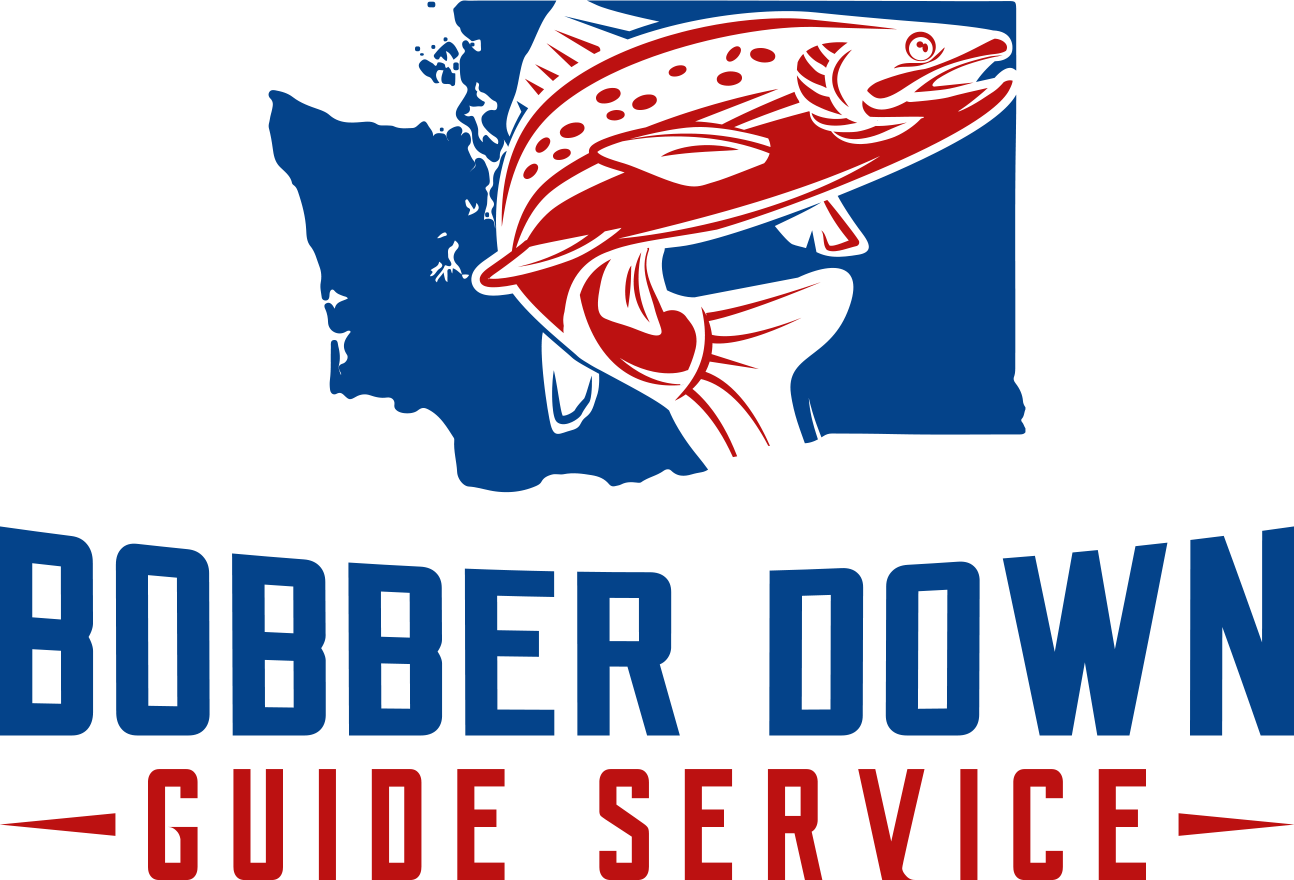Sockeye Salmon are coming to the Upper Columbia!
Well, it's that time of year again! As fishing gets better and better daily, we are poised to get bombarded with hundreds of thousands of bright, little sockeye salmon. This is one of my favorite times of the year. While sockeye can be found over a great distance on the Columbia, we'll be targeting them from Wenatchee to Brewster. And, action should be phenomenal! With almost 10,000 fish going over the dam daily fishing is in its prime. As we know, sockeye aren't huge, yet scrappy and tons of fun to battle on light line. They are perfect for kids and as much fun for adults who like high action as they tend to run 3-7 pounds. Sockeye spend up to three years in freshwater as juveniles before heading to the ocean for one-to-four years. That makes them four-to-seven years old when they reach the Upper Columbia Basin. And, we are geared up and ready for em!

Now to the fun part, catching these tasty, ruby red meat fish. There's many ways to catch sockeye. Historically, anglers used a herring dodger with red hooks trailing 18 inches behind it. Sure, that works, but there's way to increase catch rates dramatically.
We will go over all this step-by-step, but here is the overview of how we target this specialized fishery. Oftentimes, many of the sockeye we catch fall for a herring dodger with a sockeye rig about 20 feet back. These rigs are set on a downrigger anywhere from 10-50 feet deep. Downriggers are in important part of success. Rod selection is important, too. I use a Fetha Styx Homewater sh-1045-2 10-20lb rod because it has a soft tip which allows us to see the action, yet is light enough to enjoy the fight and still powerful enough to land the occasional king we catch on sockeye gear.
For tackle, I use a tandem hook set up with Mack's Lures red and pink UV hoochie skirts and 1.1 smiley blades, all tipped with coon shrimp. Coon shrimp is vital. The sockeye eat shrimp in the ocean and fresh coon shrimp boosts catch rates. Even more so important is curing the coon shrimp and I do all that process with Pautzke Nectar. I like to use three colors of coon shrimp at alternate depths until I'm zeroed in on the bite. Be sure to use a light drag as they have soft mouths and you can easily rip the hook out.

There are many curing recipes out there. Personally, I follow fellow Pautzke pro staffer Duane Inglin's formula. You can read what he does here: http://www.pautzke.com/fireblog_read.php?read=17. For sockeye, though, this is exactly what I do. Personally, I place all the coon shrimp in a quart-size glass jar and add half a bottle of Nectar, 1/3 cup of Firecure and a few shakes of Fire Power. Shake well, refrigerate and rotate the jar often to ensure even coloring on your shrimp. I suggest making at least two colors, preferably red, pink and orange. Oftentimes, sockeye are very color sensitive.
Locating the sockeye is fairly simple. Early in the season action remains below Wells Dam and gradually moves toward Brewster Pool. Sockeye stack up at Brewster Pool (the mouth of the Okanagon River). For those of you who have been, sockeye fishing is a far cry from the winter steelheading we are used to. I launch the boat at 5 a.m. wearing flip-flops rather than waders. For the past seven days we've bagged four-fish sockeye limits. As good as it's been even triples are common. Loosing fish is normal. Try not to get frustrated with it. Even with as many fish as are blasting through the system, your success increases tremendously by going out with a guide. For more info on our trips please visit www.fishwenatchee.com. Good luck and see you out on the water!

